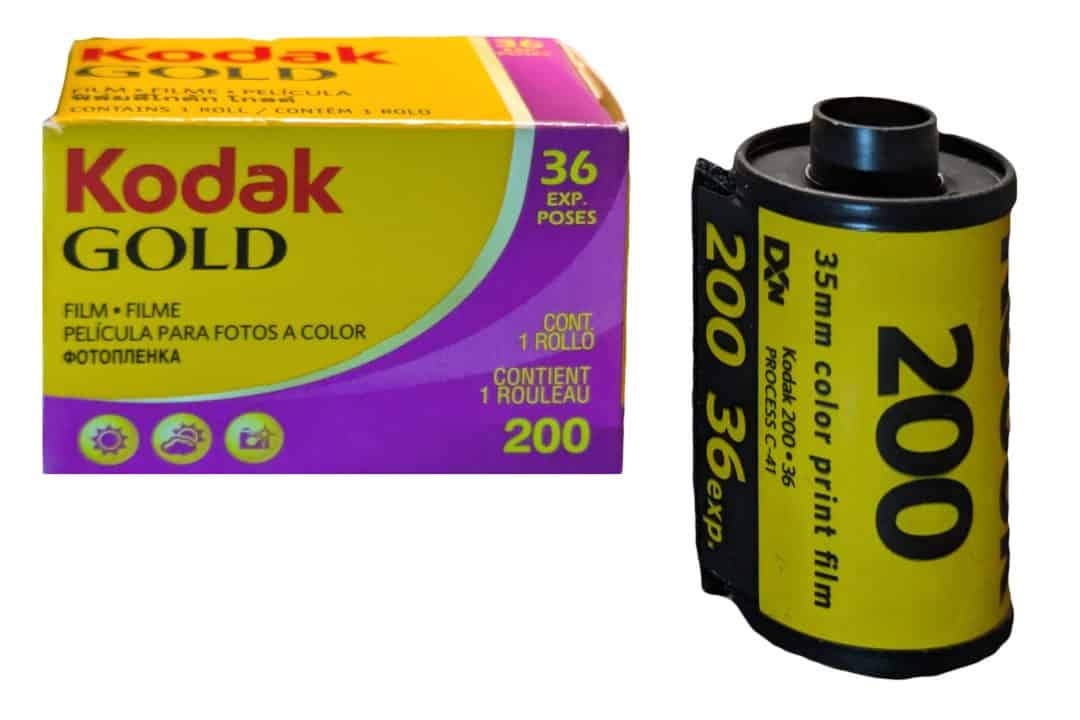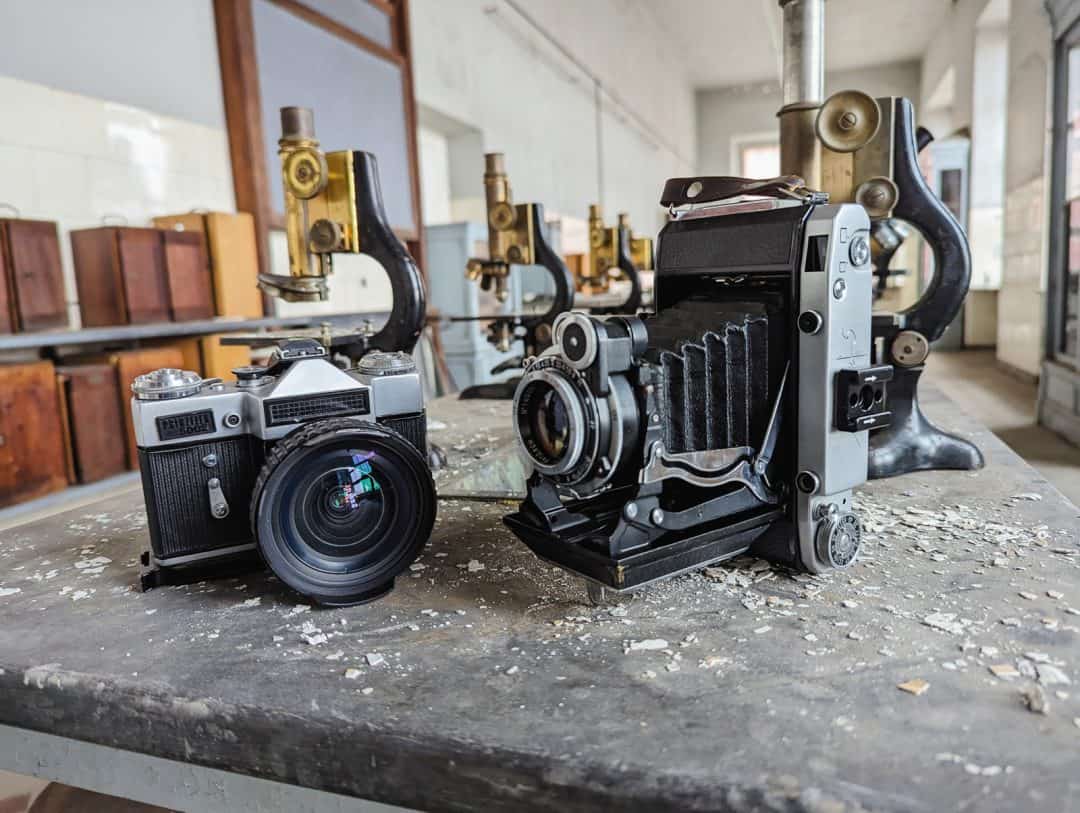Support me on Patreon for early access previews, rewards and giveaways!
Contact Me
Or use the contact form below.
Support me on Patreon for early access previews, rewards and giveaways!
Or use the contact form below.
Kodak Gold is a classic colour negative film known for its affordability, versatility, and nostalgic warm tones. It has been a staple in the photography world for decades, offering a classic, timeless look. It is considered a “go-to” film for photographers of all levels due to its forgiving nature and reliable performance.
Kodak Gold is often described as forgiving; it can handle an impressive range of exposure, reportedly from two stops of underexposure to three stops of overexposure. Its forgiving nature and consistent results make it ideal for capturing candid moments, for example, in street photography or family photos.
The film also render skin tones accurately; this, along with its moderate speed, make it well-suited for portraits. Kodak Gold can produce vibrant and detailed landscape images, especially in well-lit conditions. It also achieves balanced images with electronic flash, in addition to natural lit scenes.
“Kodak Gold 200 film is designed for picture-taking in natural daylight or with electronic flash. It is a lower speed color negative film that offers an outstanding combination of saturated color, fine grain and high image sharpness. This film is perfect for taking photos at family gatherings or at the beach. Gold 200 loves the sun!” – kodakprofessional.com
| Type | Colour | Price | Medium |
| Brand | Kodak | Saturation | Medium |
| ISO | 200 | Contrast | Medium |
| Format | 35mm, 120 | Grain | Low/Medium |

Pros
Cons
Kodak Gold’s story begins with Kodacolor, the company’s first colour negative film introduced in 1942. Originally, the film was available at ISO 25 and limited to larger format roll film (127, 120, 620, 116, 616, and 122). Initially, Kodacolor was sold with the cost of processing and developing included in the roll cost, using Kodak’s proprietary C-22 process. After an anti-trust case against Kodak in 1954, this was stopped, and the C-22 process chemicals were made available to other processing labs. In 1958, 35mm Kodacolor became available, a revised emulsion offering finer grain and better suitability for this smaller format. Kodak claimed excellent quality enlargements up to 11″ x 14″ could be obtained from it.
The film’s next evolution came in 1963 when Kodacolor became Kodacolor-X, launching alongside the new Instamatic cameras taking 126 film. The film speed was doubled (ISO 64) to improve low-light performance of the cheaper Instamatic cameras. Subsequently, in 1963, the film speed increased again to 80 ISO. In 1972, Kodak introduced Kodacolor II, a new film using the C-41 process, which was initially available in 110 format and later expanded to 120 and 35mm. It was primarily designed to meet the needs of 110 format cameras, such as the popular Kodak Pocket Instamatic.
During the 1980s, Kodak made further advancements and released Kodacolor HR, their first film to use T-Grain technology. Initially available in disc format, T-Grain significantly reduced film grain, making it ideal for the smaller negatives used in Kodak Disc cameras. This technology was later adapted for other formats under the Kodacolor VR brand. In 1986, Kodak developed Kodacolor VR-G 200, an improved version of Kodacolor VR. This film, with its enhanced emulsion, became the foundation for modern-day Kodak Gold.
This film has a shared lineage with Kodak ColorPlus; a budget film more closely related to the older Kodak HR disc film emulsions
In terms of grain, it is definitely more grainy that Kodak Ektar (to be expected, given Ektar boasts the “worlds finest grain”) and Kodak Portra 160. Both these films are lower ISO, so that makes sense. Additionally, the grain is more subtle/finer than Kodak ColorPlus, and to my eye it is sharper.
In terms of colour, it is much less saturated than Kodak Ektar and a little less saturated than Kodak ColorPlus. I found the colours quite true to life, but with a boost in saturation, particularly with reds. Paired with the warm tones of the film, this achieves a pleasing vintage feel to the photos, without being too overbearing. I can see Kodak Gold becoming one of my go-to films for shooting abandoned places on 35mm film (and beyond!).

35mm shot on: Zenit-E (various lenses)
120 shot on: Olympus-Six
120 shot on: Moskva-5
Here are the shots of taken on Kodak Gold 200. Enjoy!
What photograph caught your eye the most? How did this location make you feel? Do you have a question? Let me know by leaving a comment!
I add new content every week, ranging from exciting new locations to blog articles about my road trips. My beautiful newsletter will bring my photographic adventures direct to your inbox!
Your email address will not be shared, or publically displayed. I will only use your data to send you the newsletter, as outlined in the Privacy Policy. You can unsubscribe at any time, via the opt-out link included in every email.
1 - Please do not ask for location addresses, see FAQ.
2 - Your email address will not be shared, or publically displayed. I will only use your data to reply to your message, as outlined in the Privacy Policy
As usual, interesting and well done pictures.
Thanks so much Yossi!